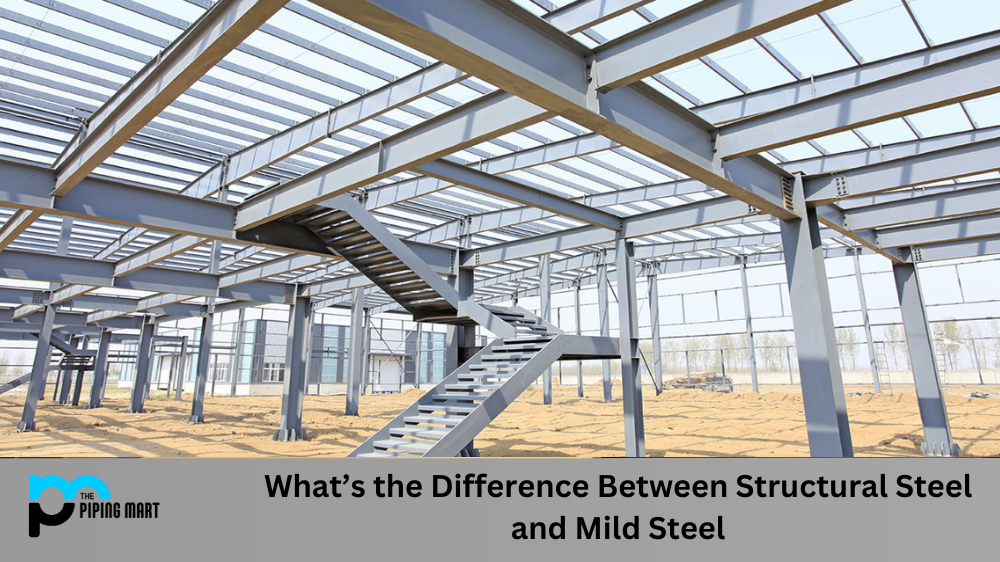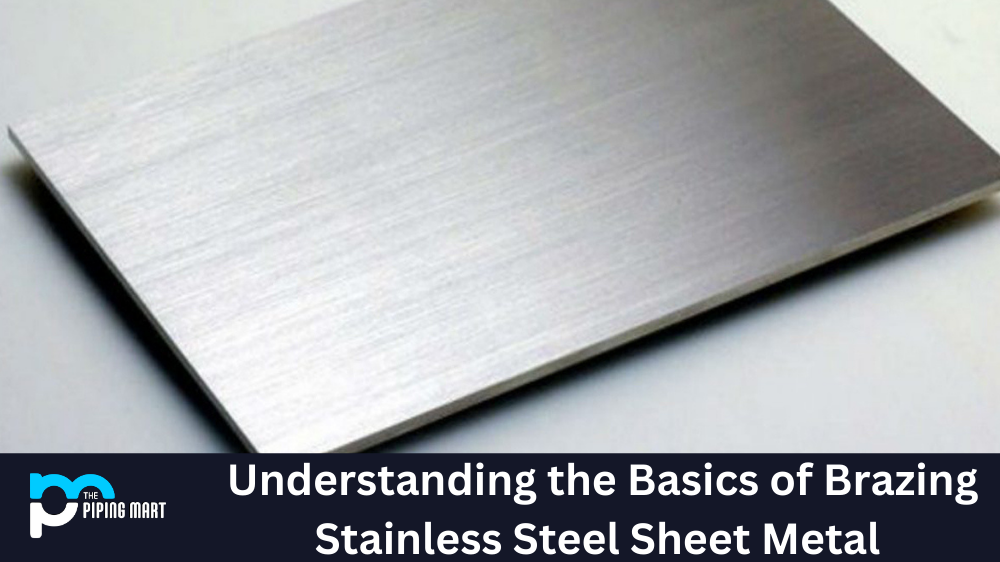Structural steel and mild steel are two of the most commonly used types of steel. They are often used interchangeably, but there are some differences between them that you should be aware of. This blog post will discuss what sets these two types of steel apart and when it is best to use each one.
What is Structural Steel?
Structural steel is durable, strong, and versatile steel used in construction projects. It is most commonly used in buildings, bridges, and other large-scale structures. It has a higher tensile strength than mild steel and can handle heavy loads without being prone to warping or buckling. The strength-to-weight ratio of structural steel also makes it an ideal material for construction projects where weight needs to be kept to a minimum.
What is Mild Steel?
Mild steel is a type of low-carbon steel that is malleable and ductile. It has a relatively low tensile strength compared to structural steel, but it is cheaper and easier to work with. That makes it an excellent choice for smaller projects where cost needs to be kept low, or weight doesn’t matter as much as strength (e.g., pipes). Mild steel can also be bent or welded into shapes that aren’t possible with structural steel due to its lower tensile strength.
Difference Between Structural Steel and Mild Steel
- Structural steel is a type of steel that is used in the construction industry. It is made from various alloys, including carbon, chromium, manganese, and nickel. Structural steel is stronger and harder than other types of steel, making it ideal for use in the construction of buildings and other structures.
- Mild steel is a type of steel that is made from a low carbon content. It is softer and more ductile than other types of steel, making it ideal for manufacturing products such as pipes and tubing. Mild steel can also be easily welded and formed into various shapes.
- The main difference between structural steel and mild steel is their carbon content. Structural steel contains more carbon, making it stronger and harder. Mild steel has a lower amount of carbon, making it softer and more ductile.
- Another difference between structural steel and mild steel is their price. Structural steel is typically more expensive than mild steel due to its higher carbon content and strength. However, mild steel can be as strong as structural steel if properly heat-treated.
- Yet another difference between structural and mild steel is their weight per square inch – or density. Structural steels are generally heavier due to their higher carbon content, while mild steels have a lower density because of their lower carbon content
Conclusion:
As you can see, there are some key differences between structural steel and mild steel: their tensile strengths, malleability, cost-effectiveness, and versatility. Knowing which type of steel would be best suited for your project will help ensure you get the results you’re looking for while staying within budget and meeting all safety requirements. Ultimately, both types of steel have unique advantages, so it’s important to weigh all the pros and cons before deciding which would best suit your needs!

Pipingmart is B2B portal specializes in industrial, metal and piping products. Also, share latest information and news related to products, materials and different types grades to help business dealing in this industry.




